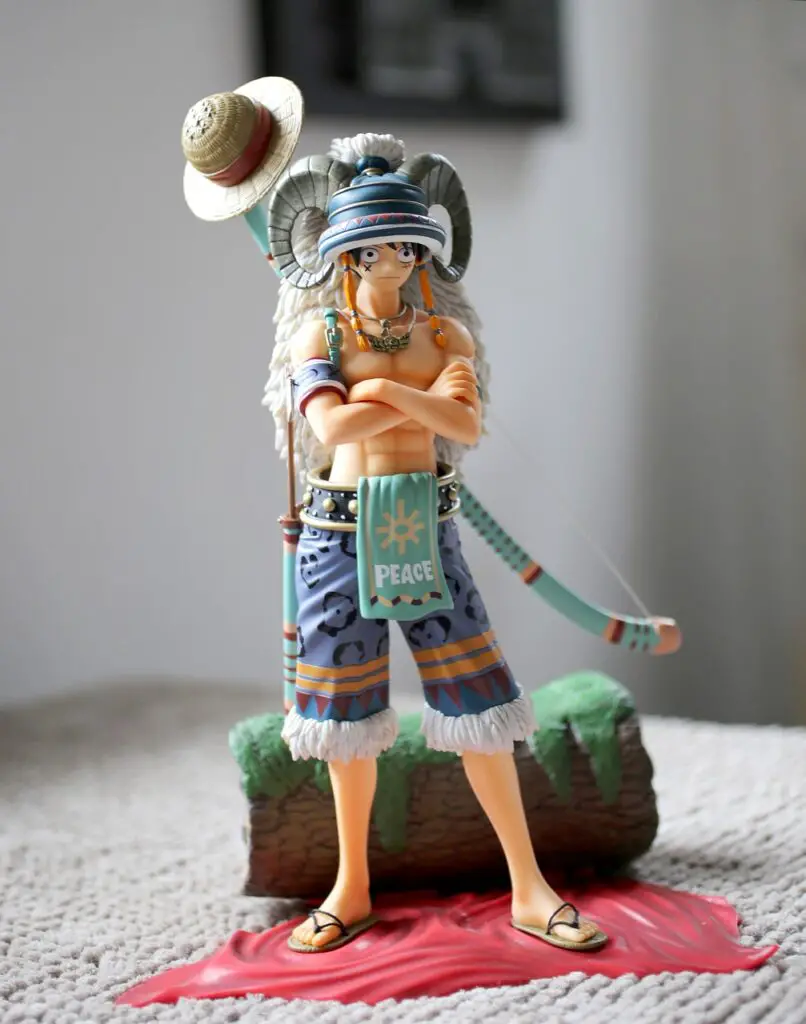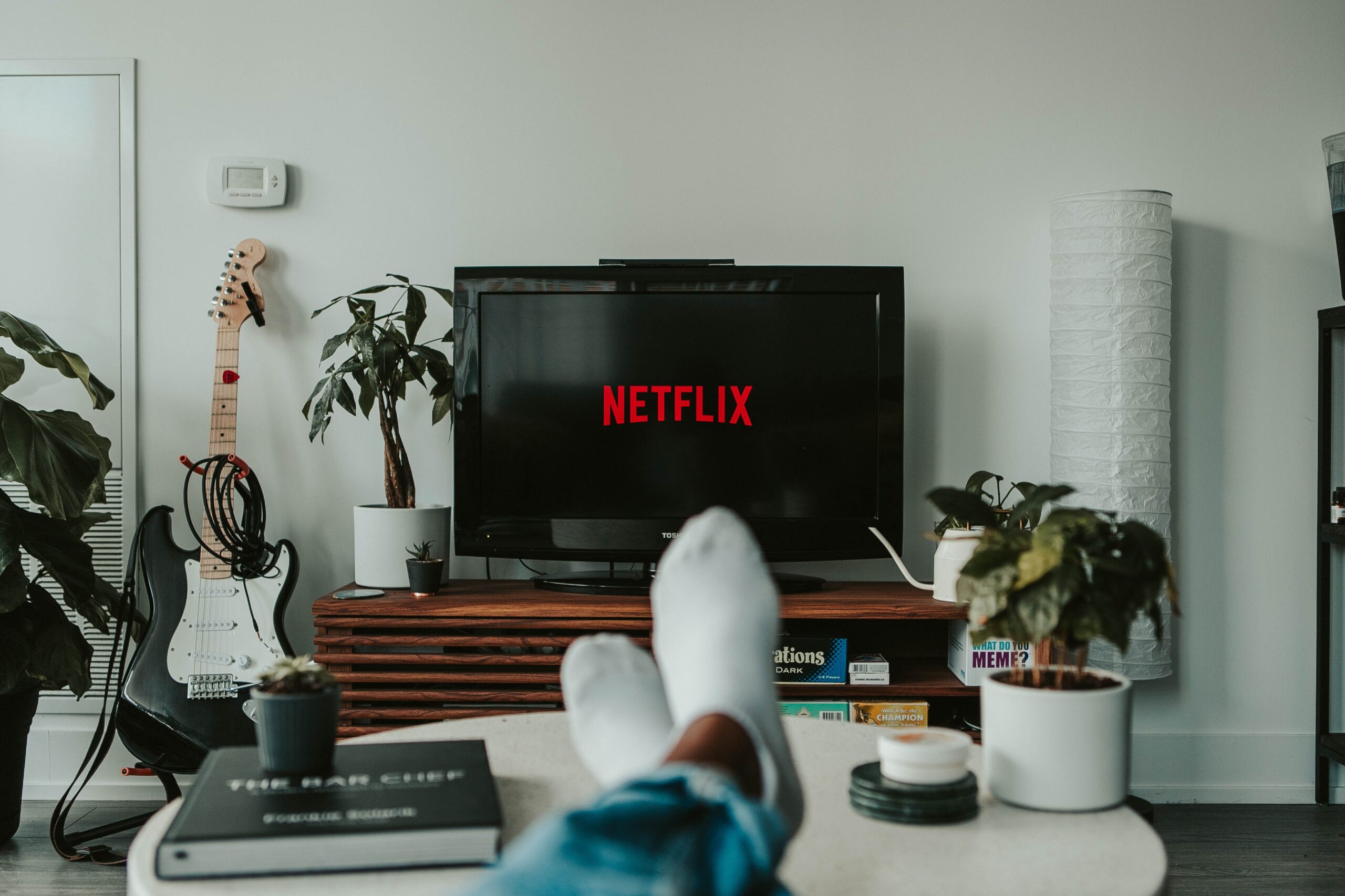A large part of most people’s work and leisure activities now take place online. But as the amount of content on the internet continues to grow, catching and holding the attention of users is becoming more and more difficult.
Gamification
Gamification refers to the integration of elements of video games – like competition, challenges, and rewards – into any non-gaming context. In advertising or marketing, gamification refers to the integration of these elements specifically into an advertising or marketing context and to any other interactive elements.
Playing video games can be notoriously absorbing: players become so caught up in the game that they fail to notice the hours slipping away and miss their important appointments or deadlines. When we are in the zone, it’s as if the real world ceases to exist for at least a while, and we become totally absorbed in the game.
Obviously, this level of absorption is exactly what online advertisers are looking for from their customers: they want them to be so absorbed in the advert that the rest of the world becomes unimportant. That’s why gamification can be so effective for marketing and advertising.
Gamification Within iGaming
In online poker, gamification can be used very effectively to attract players and keep them playing for longer. It usually takes the form of a “game within a game,” like the multiplier spin (Spin & Go), the discard stage (Flip & Go), the bounty (PKOs), or the random prize (Mystery Bounty).
These games within the game are rather silly, but they are also fun. They are just what is needed to keep players engaged and stop them from getting bored in between hands.
Gamification Within a Streaming Service
The Alfred Effect is produced when users of a product or service feel that it is so well aligned with their needs and preferences that they would never consider using an alternative service. This is a form of gamification. When you use Netflix, for example, it uses data about your viewing behaviour and preferences to present you with options that are the most likely to meet with your approval.
Netflix
Not very long ago, cable TV was a big deal. It was the newest and best way of watching television, and everybody wanted it. But in the last ten years or so, cable has been pushed out in favor of streaming services. Of course, there are plenty of different streaming services to choose from – but Netflix was the original streaming service and is still the biggest player in this industry.
Netflix offers a wide range of documentaries, movies and TV shows/series – including Orange Is The New Black, Shameless, Ozark, and many others. These days, even Netflix is getting on board with the gamification trend with the “Choose Your Own Adventure” format of some shows.
Anime
Another genre that has gained much popularity in recent years is anime. In Japan, the term anime is used as an informal abbreviation of animation. In the rest of the world, the term anime is usually used to refer specifically to Japanese animated movies.
Anime is hugely popular around the world. It is relatively cheap to produce (although very time-consuming), and it works well on digital streaming platforms.
Manga are traditional Japanese graphic novels or comics. They are stylistically quite similar to traditional Japanese work that has retained essentially the same form since the late 19th century. Manga are also very well suited to live-action adaptations.
Anime Within Netflix
Although anime is not everybody’s cup of tea, Netflix has put a lot of effort into making it more appealing to a wider audience by making anime adaptations of popular movies and series. In fact, a significant portion of Netflix’s budget for the coming year has been allocated for anime, both original and new. Around 30 original anime productions are in the pipeline.
In the USA, the video game industry generates more revenue than the music and movie industries combined. In Japan, anime and manga sales also play a huge role in the country’s economy (although not quite as much money is involved as in the US).
People are prepared to spend a lot of money on anime and gaming because anime and gaming are both so central to popular culture.
One Piece

In the past, Netflix has not always been the greatest in anime/manga adaptations. Death Note (2017) was a resounding failure, as was Cowboy Bebop (2021). But the TV series One Piece is different.
One Piece is a live adaptation of a similar manga series. The author of the manga series, Matt Owens, served as a creative consultant on the show, and the resulting fantasy adventure TV series faithfully maintains the original flavour of his comics. Several critics have agreed that this is among the best-ever adaptations of an anime series and significantly better than previous adaptations released by Netflix.
One Piece is about pirates searching for treasure – the fabled One Piece treasure. If they find the treasure, the pirate captain will become “king of the pirates”. But other pirates are also searching for One Piece, and the Marines are in hot pursuit of the pirate ship, so things are bound to get very exciting.
The show features spectacular action, like brawls, naval battles, and bank heists. The intense sequences never start feeling too repetitive, though. The colourful cast of characters who come to cuffs with the heroes in the series keeps things fresh.
The costumes, make-up, and set design in this show are excellent, as are all elements of the production quality. One Piece has remained in first position on Netflix’s top-10 list of global most-viewed items and landed a highly complimentary review from Mashable.
Final Thoughts
If One Piece is a typical example of anime, then it’s no wonder that this genre is going from strength to strength. If Netflix continues to provide such high-quality anime series, its global dominance will very likely continue unchallenged.








